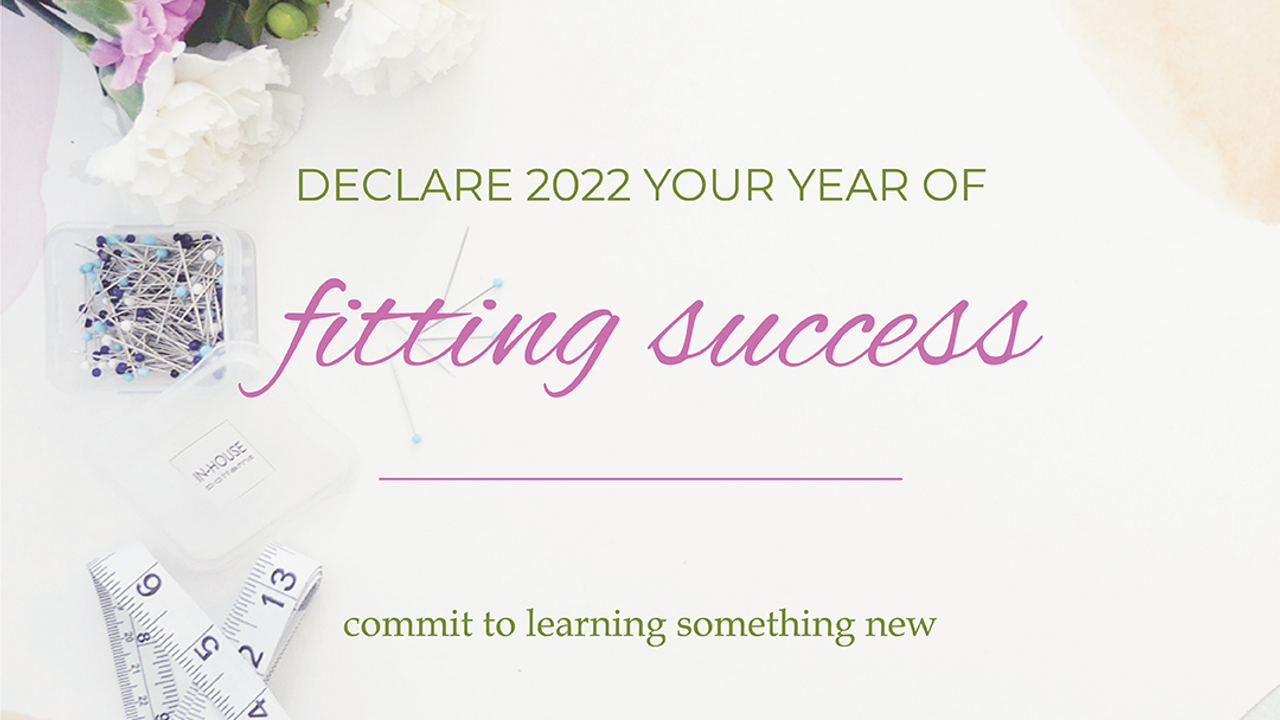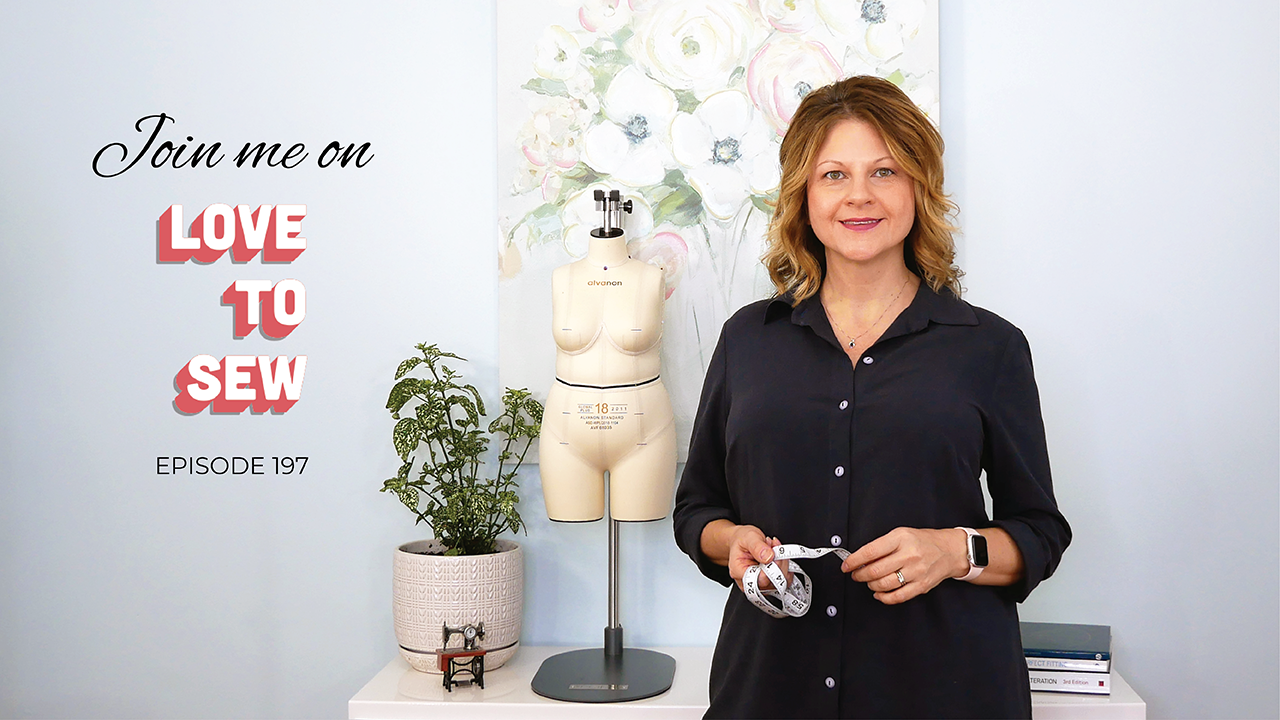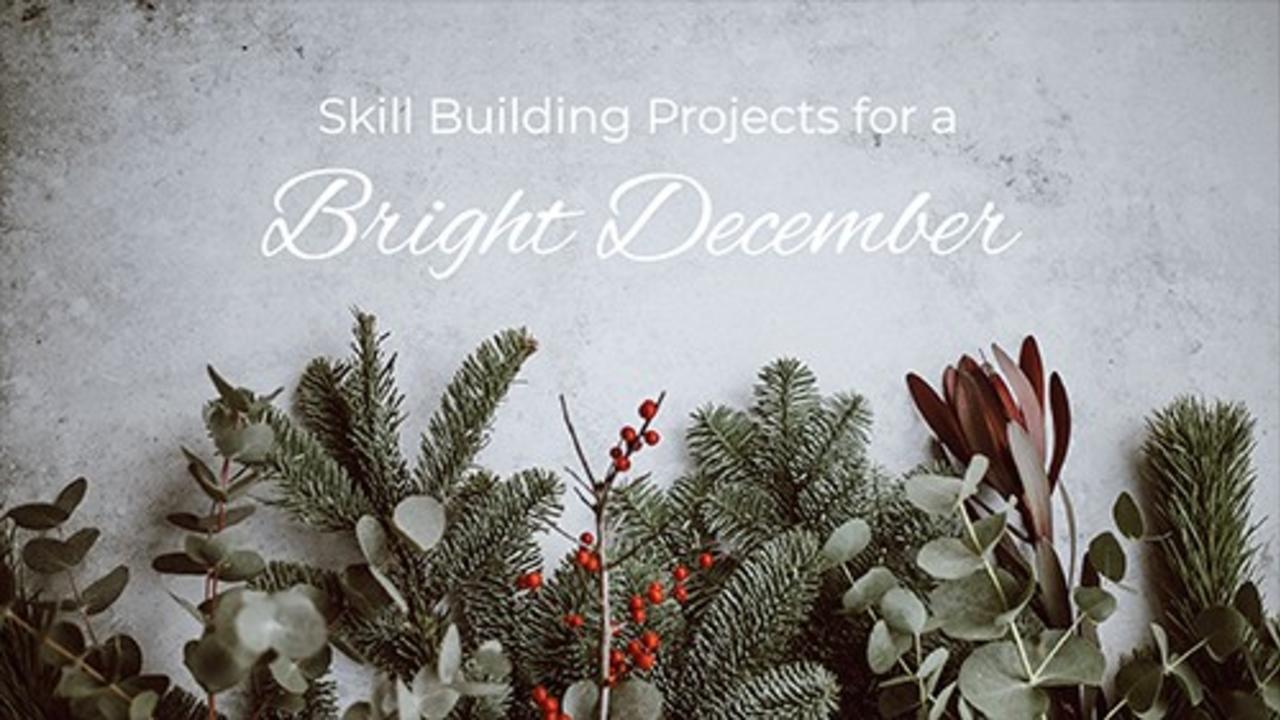In Fitting Fashion
Lessons, Techniques, and Inspiration for Mastering the Art and Science of Fit
Introducing the recently updated online course Designed to Fit: The Custom Stretch Knit Skirt Block!
In this course you will learn the foundations of stretch knit pattern making by developing a dar...
Happy New Year!
I am not one to make New Year's resolutions but I do believe in setting an intention for the year and developing a plan to follow through. (semantics perhaps?)
This year my intention...
This week I’m showing you my favourite pattern making and fitting tools! I’ll share which ones I use and why I’ve chosen them for the work I do. These are the perfect items to add to your wishlist.
P...
I often get asked about the contents of my bookshelf, so I thought today you might be interested to see which books I use the most and would recommend that you add to your library.
Watch the video to...
I was incredibly excited and grateful to be invited to be a guest on the Love to Sew podcast with Caroline and Helen.
They were both extremely gracious hosts and guided our conversation with ease an...
Oh those sleeves!
If you've been struggling with fitting sleeves you are in exactly the right place. Today is the day you'll get the guidance and insight you need to make those sleeves fit. In this v...
What's your cup size?
I'm sure this isn't a question you get often but the answer is really important if you want to achieve a good fit on the garments you create. Keep watching to discover three wa...
I'm pleased to bring you the replay of the Live Q&A from February 11, 2021!
In this session I wanted to clarify the concept of garment balance and show you how you can use the balance lines to asses...
Thank you to everyone who joined in on the Live Q&A Session on January 21, 2021! I am pleased to share the recording with you today.
We chatted about where I'll be focusing my energy this year and sh...
2020 feels like a guest who has overstayed their welcome!
I for one can't wait until December 31st, when I can usher this crazy year to the door. While it has been challenging to navigate this year, ...








